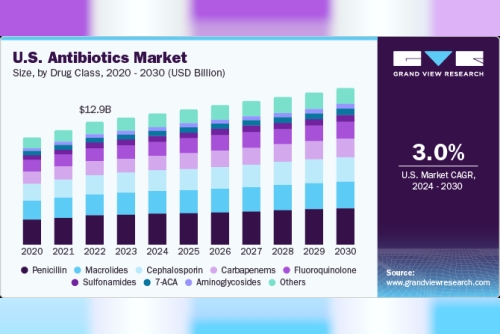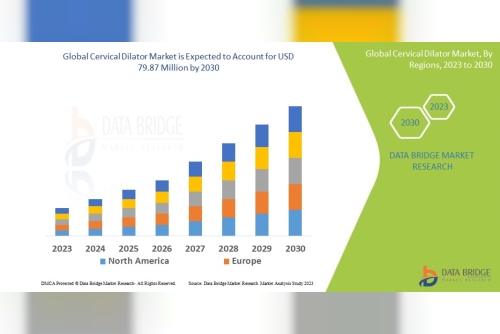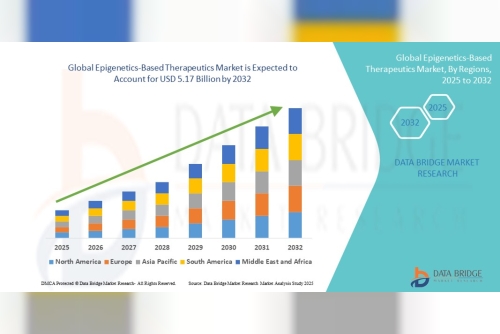The global antibiotics market was valued at USD 50.91 billion in 2023 and is projected to grow at a compound annual growth rate (CAGR) of 4.2% from 2024 to 2030. A key factor driving this market expansion is the rising prevalence of infectious diseases. According to the CDC, there were over 31 million influenza cases in the U.S. during the 2022-2023 flu season. The development of advanced antibiotics and increasing collaborative efforts to enhance antibiotic production are also anticipated to contribute to the market’s growth. The COVID-19 pandemic has had a positive impact on this growth.
A study cited in a February 2023 article by Elsevier Ltd. examined the relationship between COVID-19 cases, vaccination rates, and global antibiotic sales. It found that around 75% of COVID-19 patients were prescribed antibiotics, contributing to antimicrobial resistance. Sales of four key antibiotics—cephalosporins, penicillins, macrolides, and tetracyclines—gradually returned to pre-pandemic levels by May 2022. Ongoing efforts to develop more advanced antibiotics are expected to fuel demand in the market.
Drug Class Insights
Penicillin dominated the market, capturing a revenue share of 23.8% in 2023. As the first class of antibiotics discovered, penicillins remain essential in treating infections, particularly those caused by staphylococci, streptococci, clostridium, and listeria. They work by inhibiting cell wall synthesis or preventing the formation of the peptidoglycan layer. These antibiotics are often used to treat conditions such as pharyngitis, skin infections, bronchitis, gonorrhea, and ear infections. However, growing antibiotic resistance, allergic reactions, and other side effects are likely to reduce their market share in the coming years. The WHO highlighted skin-related neglected tropical diseases (NTDs) as a major public health issue, affecting an estimated 1.8 billion people globally.
Type Insights
The generic antibiotics segment held the largest revenue share in 2023. The affordability of generic formulations, a high number of manufacturers leading to strong buyer bargaining power, and a supportive regulatory environment are key factors contributing to this dominance. Additionally, government initiatives promoting generic drugs and their easy accessibility are fueling segment growth.
Get a preview of the latest developments in the Global Antibiotics Market! Download your FREE sample PDF today and explore key data and trends
Action Mechanism Insights
Cell wall synthesis inhibitors led the market in 2023. These antibiotics are broadly used because of their effectiveness against both gram-positive and gram-negative bacteria. They work by inhibiting the synthesis of the peptidoglycan layer, which is vital for the structural integrity of bacterial cell walls. This category includes drugs such as cephalosporins, penicillins, and carbapenems. This segment is expected to see significant growth, driven by increased research and government funding.
Regional Insights
The Asia Pacific region held the largest market share of 43.8% in 2023, driven by a high incidence of infectious diseases, widespread use of non-prescribed medications, a robust network of clinics and hospitals, and an increasing number of skilled healthcare professionals. India and China are major suppliers of antibiotics and active pharmaceutical ingredients globally. China, in particular, is the leading producer of antibacterial ingredients. Furthermore, Japan's aging population—29.1% of whom are 65 years or older—makes it particularly vulnerable to infectious diseases, further driving demand for antibiotics and novel treatment options.
Key Antibiotics Companies:
• AbbVie, Inc.
• Pfizer Inc.
• Novartis AG
• Merck & Co., Inc.
• Teva Pharmaceutical Industries Ltd.
• Lupin Pharmaceuticals, Inc.
• Viatris, Inc.
• Melinta Therapeutics LLC
• Cipla, Inc.
• Shionogi & Co., Ltd.
• KYORIN Pharmaceutical Co., Ltd.
• GSK Plc
• Nabriva Therapeutics PLC
Gather more insights about the market drivers, restrains and growth of the Antibiotics Market












